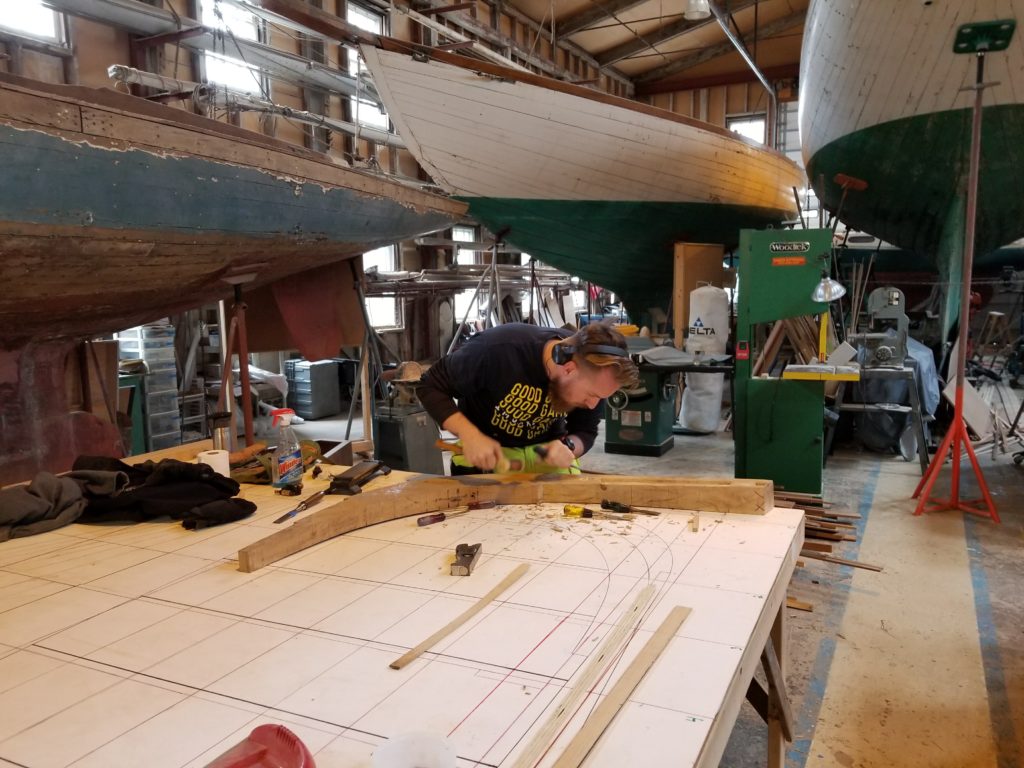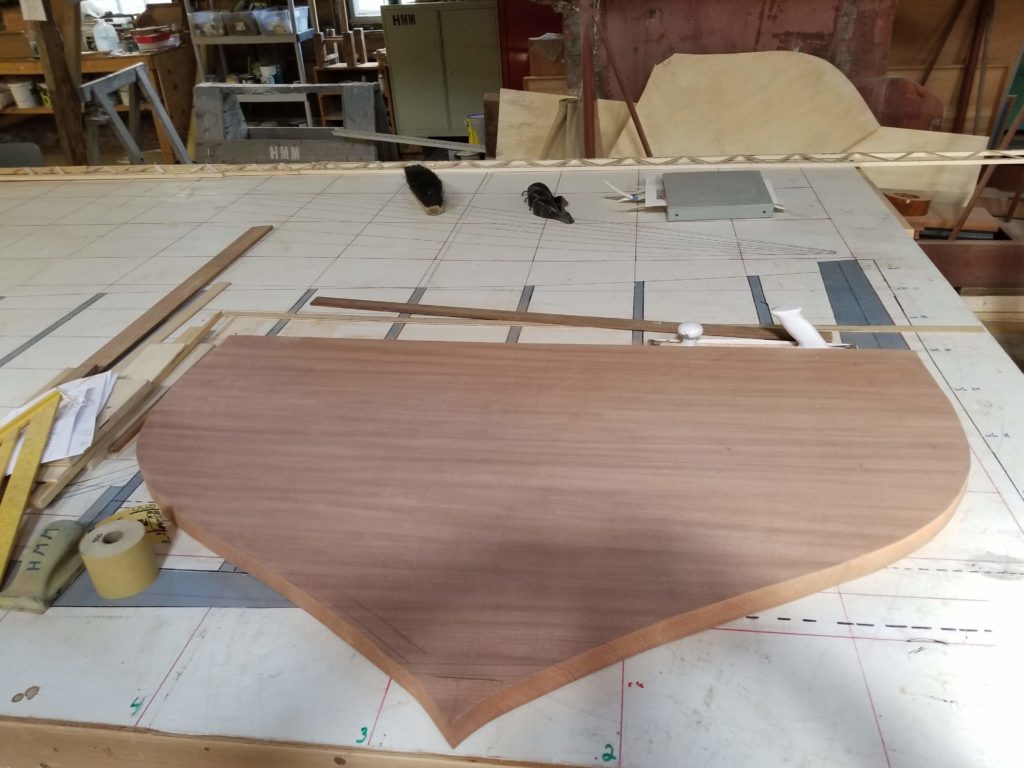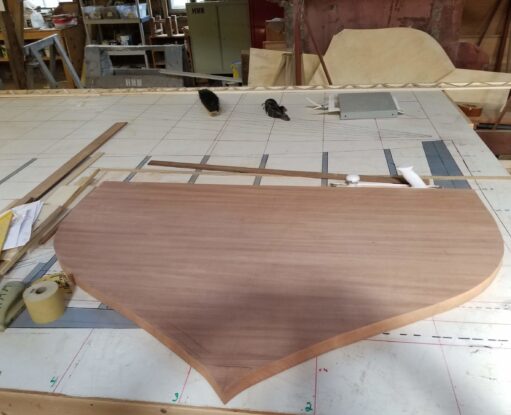There are few HMCo plans for building #199. The basic plan is an overall plan (#2-11) showing profile, overhead view, and cross-sections at four key locations. Some further details can be gleaned from the plan for #197 "class" leader, Table of Offsets, and an article on "Vapor" in Classic Yacht Symposium's journal. Some can be gleaned from the Museum's 30' #240 on display at Providence T.F. Green Airport, though as with all highly restored craft it takes a discerning eye and caution that #240 was one of HMCo's first gas-powered launches.
There are numerous plans for the engine and boiler, but very few with any details of plumbing or steering system. And of course there is no operator's manual! There are also plans for most all the metal parts since these were required by blacksmith shop, casting foundry, and metal working facility. My takeaway is that HMCo employed highly skilled craftsmen supervised by shop foremen who knew their trade and standard HMCo practices, so drawings were provided only as required.
To compound research effort, drawings were often taken from earlier boats or a standard table of components. So there must be a hunt through Museum microfilm records to find these earlier records or their successors which may or may not have been noted on 2-11. For coincidental example, the mast and mast clamp on #199 were taken from WEE WINN, and yes a mast, main and jib were provided as "kit" on this steam powered launch - along with two oar locks!
Amongst the first tasks was to produce the two stem pieces. Here Erik (Erik the Younger) is measuring with bevel gauge from half-breadth plan the angle at which planking meets stem at 24" W.L. He then uses this angle to cut the back rabbet angle on the stem piece at the 24" line, These will be blended into other angles cut in at !8" and 30" lines. As you can also note the stem has been cut to outline from the lofting table and is also shaped thicker at top than bottom, as discussed earlier.
Erik is an IRYS graduate and came with sharp tools, but was quickly sputtering Swedish as he worked on gnarly, tough oak and as with most "youngsters" comes with earphones and music as primary kit.
Keith made our Transom from three planks, book matching each into a seamless whole. Unfortunately, I do not have pictures of Peter, Rick, Erik, and Herb working on the keel, but the process is same as the stem, though they were constantly pestering me to buy a magical power tool to complete this effort. (Volunteer labor is free)

Photo 1 
Photo 2 
Photo 3 
Photo 4

